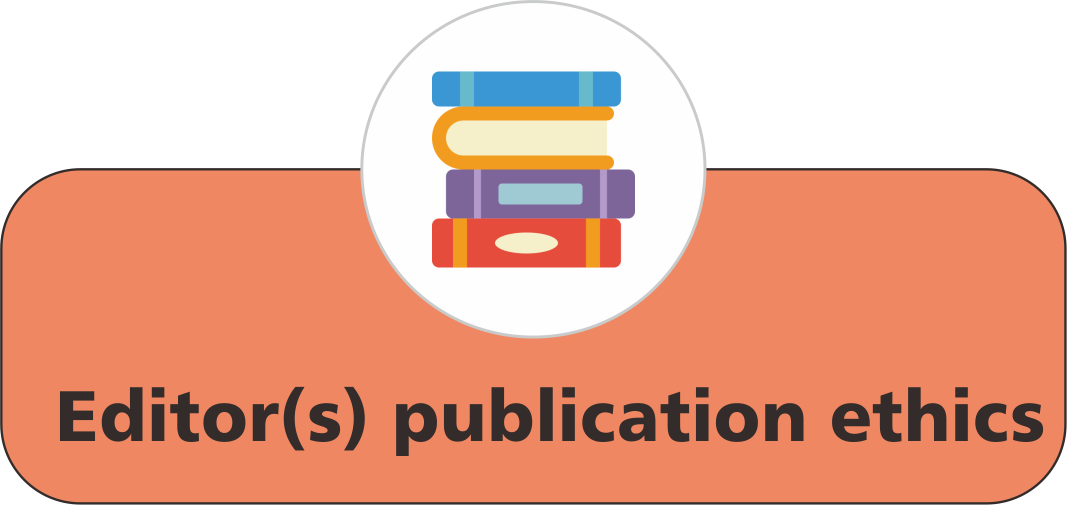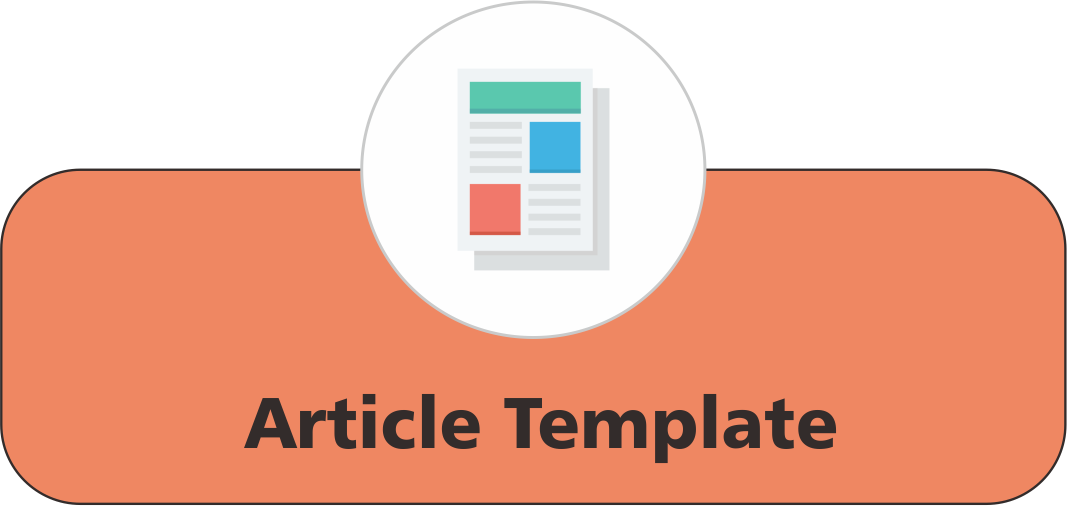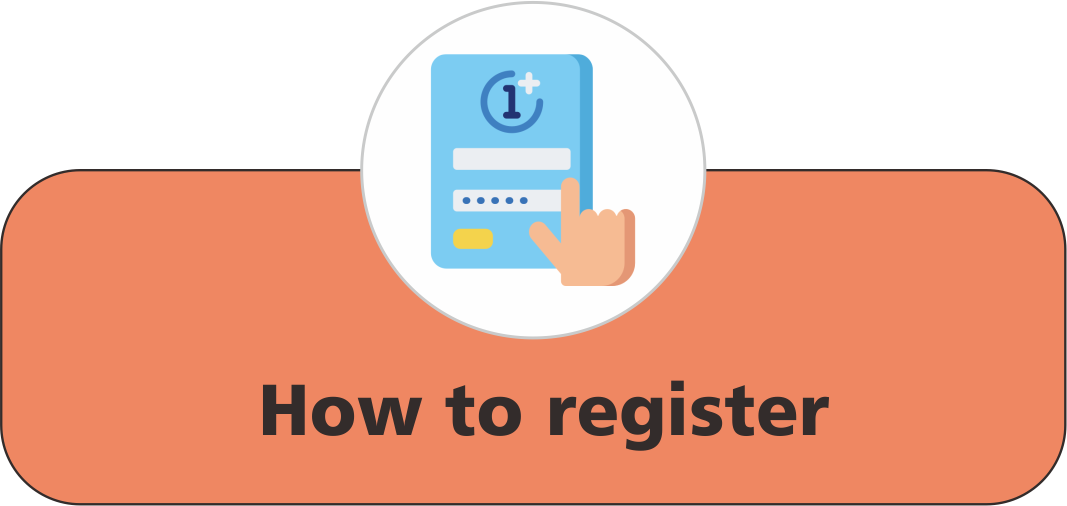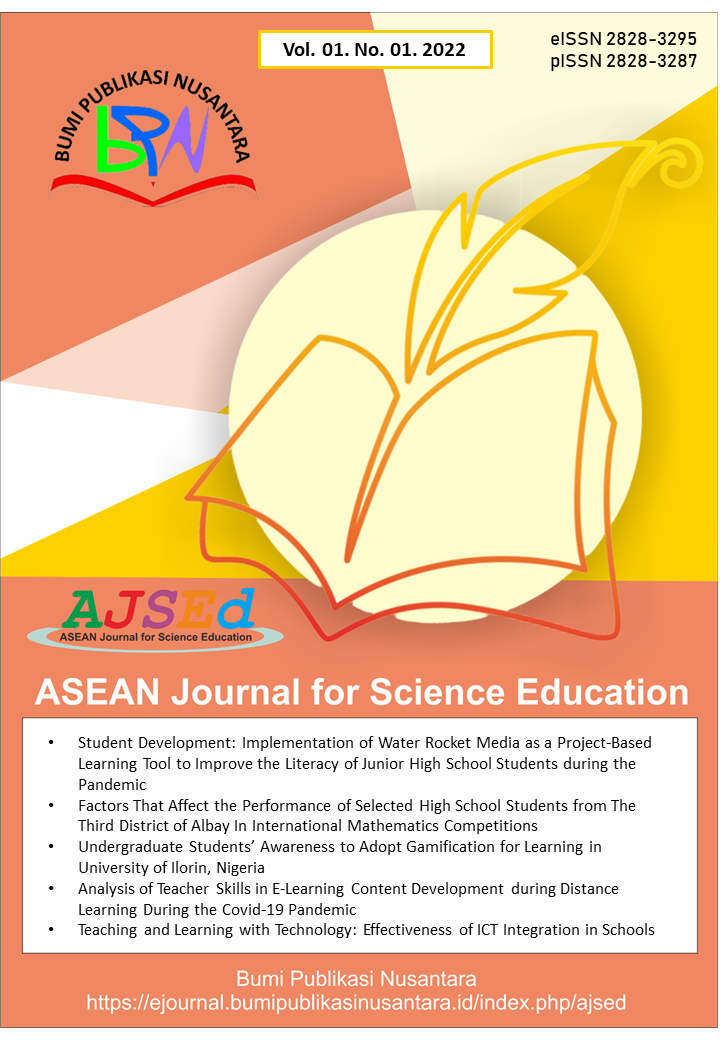Education of Water Hyacinth
 ), Siti Nur Hofifah(2), Rina Maryanti(3), Dwi Fitria Al Husaeni(4), Dwi Novia Al Husaeni(5), Asep Bayu Dani Nandiyanto(6),
), Siti Nur Hofifah(2), Rina Maryanti(3), Dwi Fitria Al Husaeni(4), Dwi Novia Al Husaeni(5), Asep Bayu Dani Nandiyanto(6),
(1) Universitas Pendidikan Indonesia
(2) Universitas Pendidikan Indonesia
(3) Universitas Pendidikan Indonesia
(4) Universitas Pendidikan Indonesia
(5) Universitas Pendidikan Indonesia
(6) Universitas Pendidikan Indonesia
 Corresponding Author
Corresponding Author
Abstract
Keywords
References
Arnesti, T., Nazip, K., and Santri, D. J. (2015). Ampas kelapa sebagai campuran media tanam untuk meningkatkan pertumbuhan jamur tiram (pleurotus ostreatus) dan aplikasinya sebagai materi pada pembelajaran biologi SMA. Jurnal Pembelajaran Biologi: Kajian Biologi dan Pembelajarannya, 2(1), 31-38.
Chiang, T. H., Yang, S. J., and Hwang, G. J. (2014). An augmented reality-based mobile learning system to improve students’ learning achievements and motivations in natural science inquiry activities. Journal of Educational Technology and Society, 17(4), 352-365.
Das, A. P., Adnyana, P. B., and Widiyanti, N. L. P. M. (2016). Kajian anatomi tangkai daun eceng gondok (eichhornia crassipes (mart.) Solms) sebagai bahan kerajinan anyaman serta analisis kelayakannya sebagai media pembelajaran anatomi tumbuhan. Jurnal Pendidikan Biologi Undiksha, 3(2), 1-7.
Dresner, M., and Fischer, K. A. (2013). Environmental stewardship outcomes from year-long invasive species restoration projects in middle school. Invasive Plant Science and Management, 6(3), 444-448.
Febriati, Y., Sholahuddin, A., and Ajizah, A. (2021). Pengembangan modul IPA SMP berbasis literasi sains dengan kearifan lokal pada materi proses dan produk teknologi ramah lingkungan. Jurnal Pendidikan Sains dan Terapan, 1(1), 64-76.
Halford, M., Heemers, L., Van Wesemael, D., Mathys, C., Wallens, S., Branquart, E., and Mahy, G. (2014). The voluntary Code of conduct on invasive alien plants in Belgium: results and lessons learned from the A lter IAS LIFE+ project. EPPO Bulletin, 44(2), 212-222.
Hartoyo, A. (2012). Eksplorasi etnomatematika pada budaya masyarakat dayak perbatasan Indonesia-Malaysia Kabupaten Sanggau Kalbar. Jurnal Penelitian Pendidikan, 13(1), 14-23.
Harun, I., Pushiri, H., Amirul-Aiman, A. J., and Zulkeflee, Z. (2021). Invasive water hyacinth: Ecology, impacts and prospects for the rural economy. Plants, 10(8), 1-23.
Hinanto, G. C., Sriwarno, A. B., and Widiawati, D. (2019). Metode pembelajaran melalui perancangan busana tekstil bertekstur tiga dimensi dengan menggunakan serat eceng gondok. Jurnal Desain Indonesia, 1(2), 90-100.
Hofifah, S. N., and Nandiyanto, A. B. D. Water hyacinth and education research trends from the scopus database: A bibliometric literature review. ASEAN Journal of Science and Engineering Education, 4(2), 121-132.
Karmini, N. R., Djuko, R. U., and Jamin, N. S. (2021). Kreativitas anak usia dini dalam pemanfaatan limbah eceng gondok kelompok B di TK negeri pembina kota barat kota gorontalo. Student Journal of Early Childhood Education, 1(2), 90-101.
Nandiyanto, A. B. D., Fiandini, M., and Al Husaeni, D. N. 2024. Research trends from the scopus database using keyword water hyacinth and ecosystem: A bibliometric literature review. ASEAN Journal of Science and Engineering, 4(1), 33-48.
Nastiti, A. S., Suryandari, A., and Haryadi, J. (2020). Eichhornia crassipes aquatic plant management technology for water resources enhancement. Earth and Environmental Science, 521(1), 1-10.
Parmin, P. (2015). Potensi kearifan lokal dalam pembelajaran IPA di SMP. Konservasi dan Pemanfaatan Sumber Daya Alam, 1(1), 278-182.
Pradietha, E. T., Meilinda, M., and Nazip, K. (2014). Identifikasi materi lokal sebagai sumber belajar sains biologi SMP di Kabupaten Muara Enim. Jurnal Pembelajaran Biologi: Kajian Biologi dan Pembelajarannya, 1(2), 115-126.
Rakthai, S. (2017). Environmental learning experience development for elementary students. Naresuan University Journal: Science and Technology, 25(4), 79-87.
Rusmiati, R., and Iskandar, R. (2021). Kreativitas pembelajaran anak usia dini melalui kolase eceng gondok masa pandemi di TK Permata. Jurnal Pendidikan Indonesia, 2(10), 1751-1762.
Rusmiati, R., Sulistyawati, R., Husni, A., and Wati, L. (2021). Pemanfaatan limbah eceng gondok sebagai media pembelajaran di masa pandemi covid 19 TK Islam Nur Alif. Jurnal Pendidikan Tambusai, 5(3), 6617-6621.
Sari, I. M., Julia, J., and Syahid, A. A. (2017). Kajian pembelajaran karya seni rupa anyaman pada siswa sekolah dasar negeri neglasari kecamatan ciater kabupaten subang. Jurnal Pena Ilmiah, 2(1), 491-500.
Wahyudyawati, E., and Amin, M. (2021). The effectiveness of guided inquiry learning e-module containing research result in bioethanol production from water Hyacinth to improve student environmental literacy. AIP Conference Proceedings, 2330(1), 1-7.
Article Metrics
Abstract View : 1156 times
: 1156 times Download : 644 times
Download : 644 times
Refbacks
- There are currently no refbacks.
Copyright (c) 2023 Bumi Publikasi Nusantara

This work is licensed under a Creative Commons Attribution-ShareAlike 4.0 International License.







